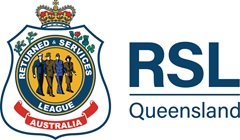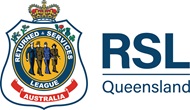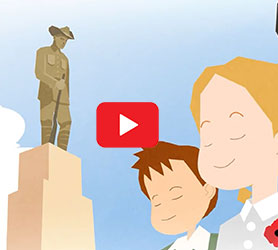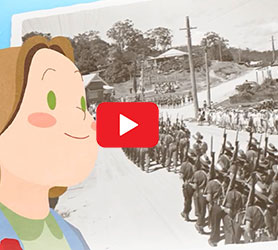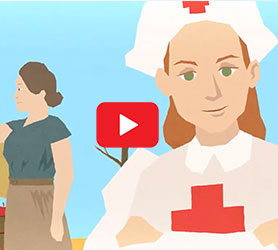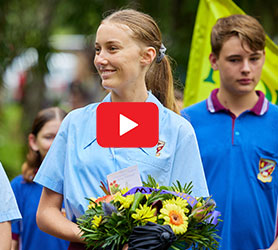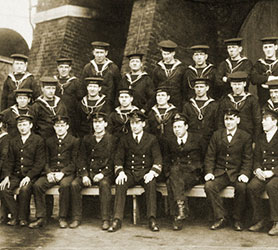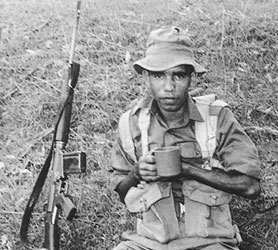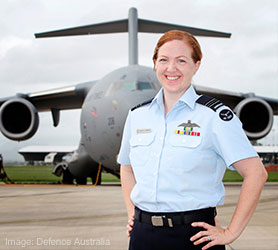
Postcards Of Honour
RSL Queensland’s Postcards of Honour initiative is a creative ANZAC Day learning and commemoration activity for primary school students.
Throughout Australia’s military history, postcards and letters have offered vital support to those on active duty.
The activity allows children to learn about the importance of ANZAC Day and write and decorate a postcard acknowledging a local veteran for their service.
All Postcards of Honour will be distributed by RSL Sub Branches to veterans across Queensland, building connections within communities and across generations.
Activity resources
Download Postcard
Download Activity Booklet
How to take part
This activity is designed to be flexible and encourage children’s artistic and writing skills. You’re free to adapt the activity for different age/s and required learning outcomes.
PART 1: ART
Encourage the kids to get creative! Use whatever style or materials you prefer: paint, coloured pencils, collage…
Children can draw/create whatever they like, but we’ve included some idea prompts in the activity booklets provided.
PART 2: WRITING
This part of the activity allows children to practice their handwriting or compose a letter.
Suggestions:
- Write a short note such as ‘Thank you for your service’.
- Tell the veteran about themselves.
- Share personal or family stories about ANZAC Day or military service.
- Reflect on what ANZAC Day means to them.
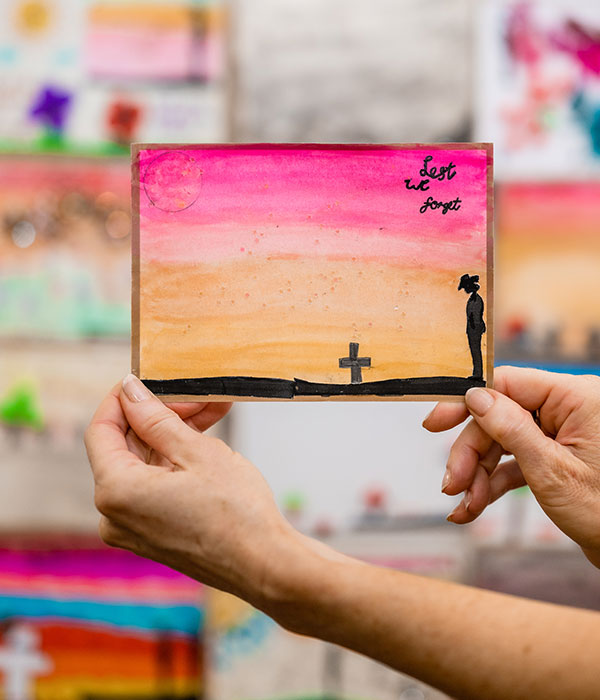
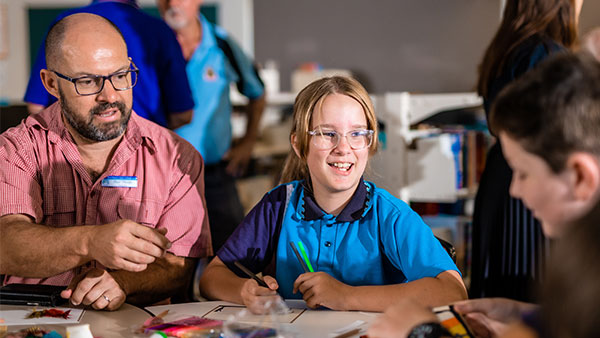
For Teachers
Participating schools will receive the following to help students create their own postcard:
- A visit from a veteran – their local RSL Sub Branch representative – who will speak to students (from 4-28 March) about ANZAC Day, then return for a show-and-tell (from 15-24 April) once the postcards are completed.
A Postcards of Honour pack containing:
- Information/activity booklets (each with sketchpad section)
- Postcards (with space to draw on the front and write on the back).
We recommend giving students one postcard and booklet each.
For privacy reasons:
No recipient address is provided, but each postcard will be given by RSL Queensland Sub Branches to veterans in the community.
Sender details can be limited to first name and age.
SHARE YOUR PHOTOS
We'd love to see photos of you taking part in Postcards of Honour.
Use #ANZACSpirit and #PostcardsOfHonour on your social media channels to share your creations.
Schools: Share your photos!
We'd love to see photos of your school taking part in Postcards of Honour.
With parents’ permission, we encourage you to send photos of your class/es and their postcards (completed or in progress) to marketing@rslqld.org.
(Please note, submitted photos may be used for marketing purposes.)
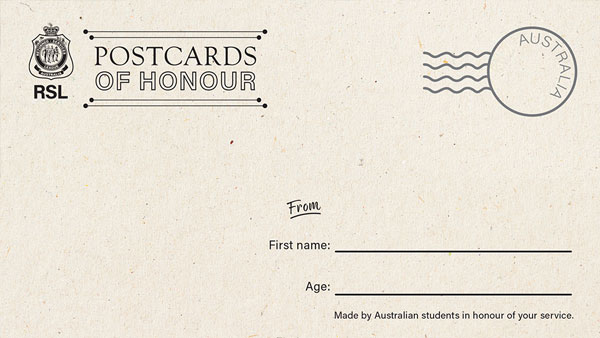
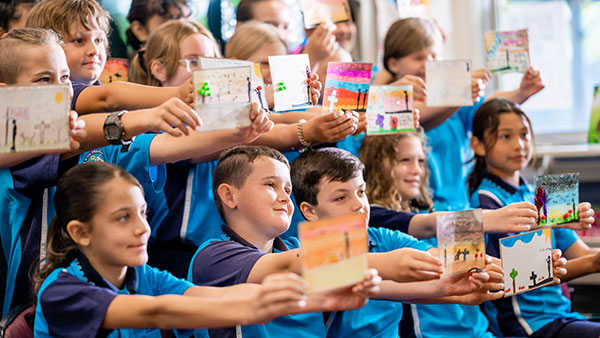
EXTRA RESOURCES
Here are some optional extra resources to expand children’s learning.
ANZAC DAY
ANZAC Day (25 April) marks the anniversary of the first major military action fought by Australian and New Zealand forces (ANZACs) during World War I. It’s a time for us to honour the legacy of the ANZACs and all who have served or sacrificed for our nation.
THE SIGNIFICANCE OF POSTCARDS
Letters and postcards have been important to service people throughout history.
Why?
The only way to communicate
- For much of history, letters and postcards were the only way for people on military duty to stay in touch with family and friends.
- Many service people served a long way from home, often a long way from big cities.
- This meant it took a long time for mail to be delivered. It sometimes took weeks, months or longer to hear from a loved one or find out if they were still alive.
- Today’s service people can usually access their mobile phone and/or internet when not on duty. But they may spend long periods without a signal.
Messages of support
- For service people far from home, often facing the fear and danger of war, a letter or postcard from home could provide much needed comfort and support.
- Letters were so important that if paper wasn’t available, soldiers would build postcards out of things they could find – even bullets and biscuits!
- Even today, Australia Post delivers care packages from the public to our military overseas.
Find out more
Understand why we commemorate
In this activity series, students will learn how our commemorative days came into being including activities that are conducted on these days.
100+ years on
In this activity, students will learn about ANZAC and Remembrance Day and why we commemorate these days and traditions which have lasted 100+ years.
World war I and australian society
In this activity, students will learn how World War I shaped Australia. Including the changing roles of men and women, the conscription debate and veteran support.
Taking Part in ANZAC Day
In this activity, students will learn how young people can participate in ANZAC Days and the significance of these days including symbols and activities.
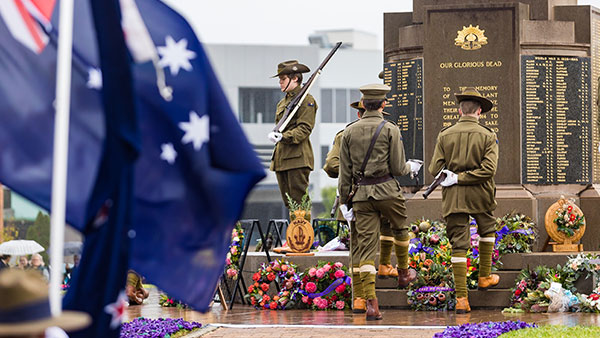
THE ANZAC SPIRIT
‘ANZAC’ stands for Australian and New Zealand Army Corps – a group of soldiers who fought in World War I.
People say the ANZACs showed many great qualities:
- Endurance – Not giving up, even in bad times
- Courage – Bravery
- Ingenuity – Cleverness at solving problems
- Good humour – Cheerfulness
- Mateship – Fairness, loyalty and friendship
Together, these make up the ANZAC spirit. They set an example that many Australians, especially service people, try to follow.
AUSTRALIA’S DEFENCE FORCE
Australia’s Defence Force (Army, Navy and Air Force) are made up of many different people with many different jobs.
They help each other to keep Australia, and other countries, safe.
Along with soldiers and pilots, there are doctors, mechanics, builders and many more.
Someone who works (‘serves’) in the Defence Force is called a ‘service person’.
A ‘veteran’ is someone who is, or used to be, a service person.
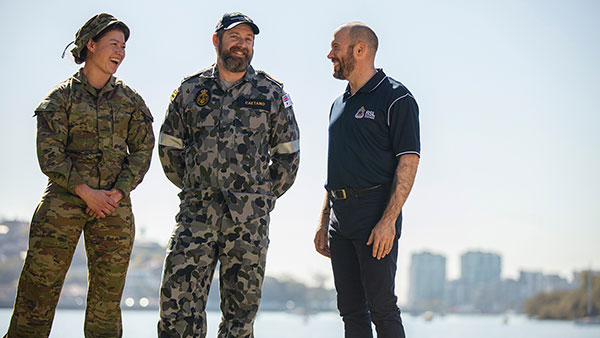
Stories of Service
John Harrison Wheat
Royal Australian Navy
John Harrison Wheat joined the Navy when he was 16. He served in World War I as an Able Seaman on one of Australia’s first submarines. The submarine was sunk by enemy forces in 1915. John was taken prisoner for three years and forced to build a train track.
Claude Malone
Australian Army
Claude Malone joined the Army when he left school. He served as a combat engineer (‘sapper’) in the Vietnam War in 1971. Claude had to do dangerous work like clearing landmines and defusing bombs. He was exposed to chemicals that still give him health problems today.
Samantha Freebairn
Royal Australian Air Force
Wing Commander Samantha Freebairn began learning to fly aged 15. She served as a pilot in the Air Force, flying combat missions into war zones, taking aid into disaster-affected areas, and rescuing people from dangerous places.
